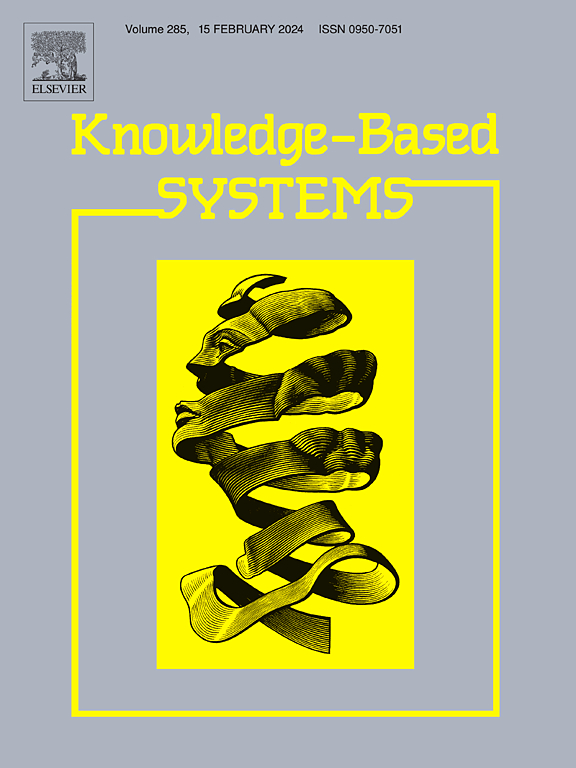Escape velocity-based adaptive outlier detection algorithm
IF 7.2
1区 计算机科学
Q1 COMPUTER SCIENCE, ARTIFICIAL INTELLIGENCE
引用次数: 0
Abstract
Outlier detection is a pivotal technique within the realm of data mining, serving to pinpoint aberrant values nestled within datasets. It has been widely employed across diverse domains, including detection of credit card frauds, identification of seismic activities, and identification of anomalies within image datasets. However, existing approaches still face three shortcomings: (1) they often struggle with the intricacies of parameter selection and the vexing top-n dilemma, (2) they lack in their capacity to discern local outliers, and (3) their algorithmic efficacies markedly wane as datasets burgeon in sample point size and outlier prevalence. In addressing these formidable hurdles, we propose a novel, Escape Velocity-based adaptive Outlier Detection algorithm, noted as EVOD. The EVOD algorithm calculates the escape velocity of each data sample point and automatically detects the number of outliers by monitoring peak fluctuations in the growth rate of escape velocities of sample points, thereby solving the top-n problem suffered by existing outlier detection algorithms. Experimental results demonstrate that our algorithm, without requiring manual adjustment of parameters, can simultaneously detect global outliers, local outliers, and outlier clusters. In addition, it maintains a good performance even as the number of sample points and outliers in the dataset increases, particularly for complex manifold datasets.
求助全文
约1分钟内获得全文
求助全文
来源期刊

Knowledge-Based Systems
工程技术-计算机:人工智能
CiteScore
14.80
自引率
12.50%
发文量
1245
审稿时长
7.8 months
期刊介绍:
Knowledge-Based Systems, an international and interdisciplinary journal in artificial intelligence, publishes original, innovative, and creative research results in the field. It focuses on knowledge-based and other artificial intelligence techniques-based systems. The journal aims to support human prediction and decision-making through data science and computation techniques, provide a balanced coverage of theory and practical study, and encourage the development and implementation of knowledge-based intelligence models, methods, systems, and software tools. Applications in business, government, education, engineering, and healthcare are emphasized.
 求助内容:
求助内容: 应助结果提醒方式:
应助结果提醒方式:


